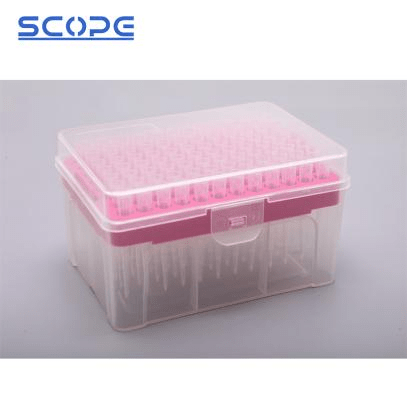Although they are both frequently used tools in laboratories, a pipette tip and a microtube have different uses.
Pipette Tip
A pipette tip is a throwaway plastic attachment that snaps onto the end of a pipette, a tool used in science to precisely transfer tiny amounts of liquid. The purpose of pipette tips is to ensure that liquid measurements are accurate and to prevent contamination. They come in a range of sizes to suit different volumes and are usually composed of polyethylene or polypropylene.
Microtube
Microtubes, which are small cylindrical containers with a capacity between microliters (µL) and milliliters (mL), are used for storing, centrifuging, and mixing small volumes of liquids. They are also referred to as Eppendorf tubes or microcentrifuge tubes. In molecular biology, biochemistry, and other laboratory sciences, microtubes are frequently utilized. Usually composed of polypropylene or polystyrene, they come in a range of sizes and hues.
Key Differences
The primary difference between a pipette tip and a microtube lies in their intended use:
l Pipette Tip: Used for dispensing liquids with precise volume control
l Microtube: Used for storing, centrifuging, and mixing liquids
In summary, pipette tips are made especially for transferring liquids with precise volume control, and microtubes are multipurpose containers that can be used for storing, mixing, and centrifuging liquids. In a variety of laboratory applications, both are crucial instruments.

